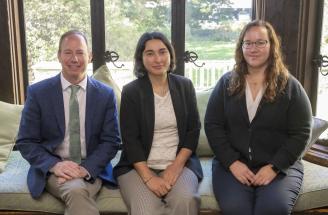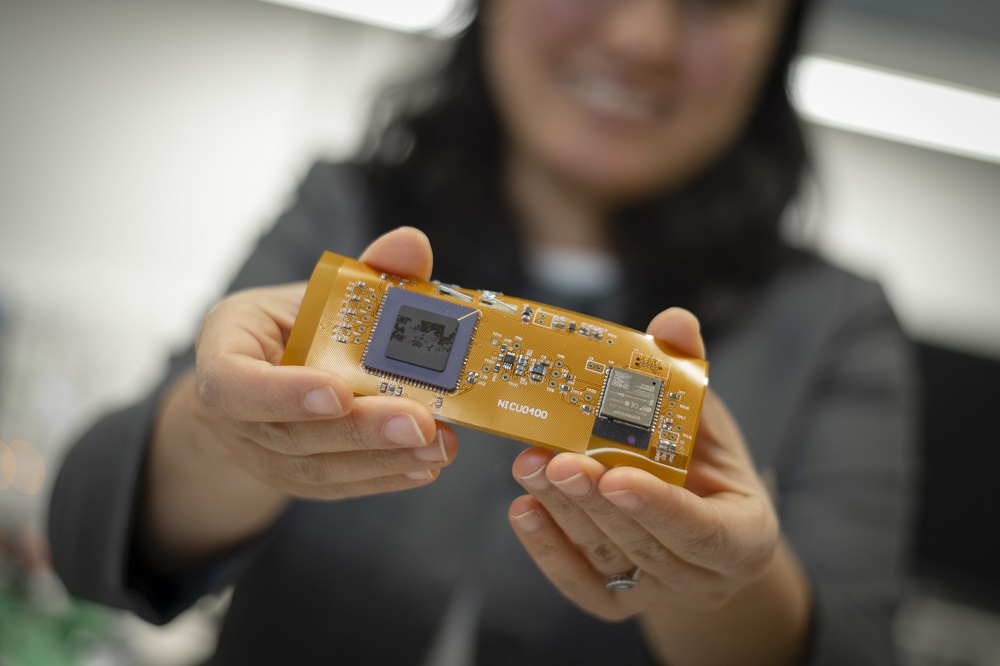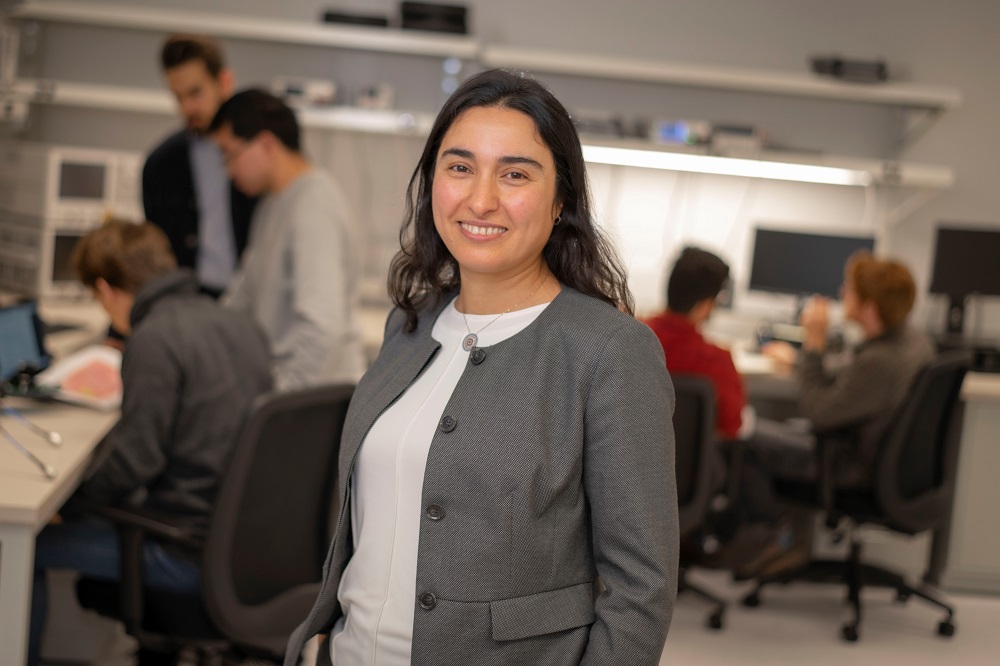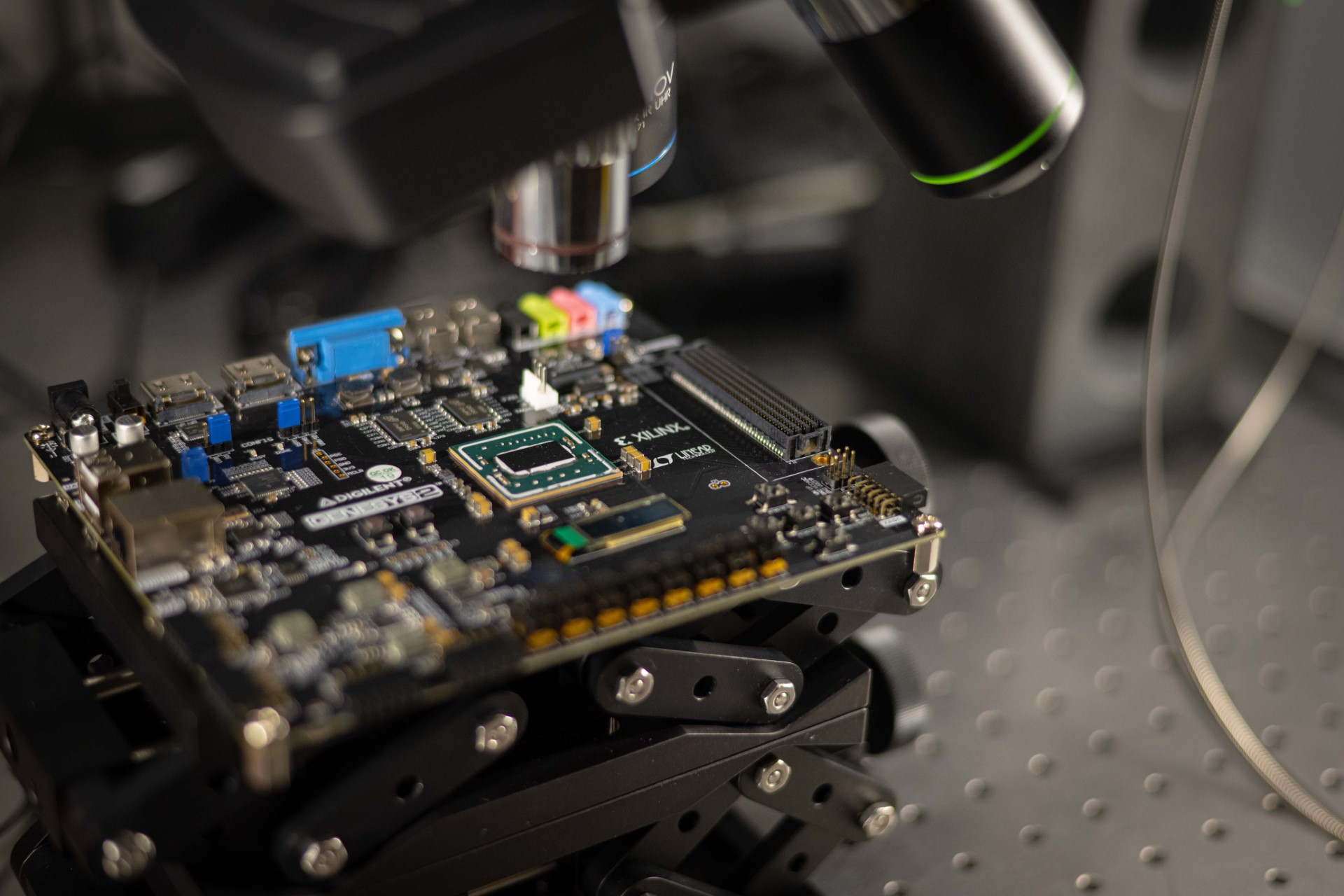
A prototype miniaturized transcutaneous oxygen sensor and its encapsulated form
The National Institutes of Health (NIH) has awarded $1.1 million to a team led by Worcester Polytechnic Institute (WPI) researcher Ulkuhan Guler to develop a first-of-its-kind wearable sensor for premature infants that will address racial bias in healthcare by monitoring oxygen levels two different ways and correcting the measurements to account for variations in skin color.
The four-year project will create a convenient, affordable, noninvasive sensor about the size of a bandage that will enable infants at risk of lung disease to leave hospitals sooner and be accurately monitored at home, said Guler, an associate professor in the Department of Electrical and Computer Engineering, and principal investigator on the project.
“Premature infants are at risk of respiratory distress, and oxygen monitoring is critical to their care so that they can leave hospitals and go home,” Guler said. “Some tools widely used at home to monitor oxygenation, however, do not accurately measure oxygen levels in infants with pigmented skin tones. There is a great need for new technology that mitigates the impact of racial bias in measurements and provides important information to the clinicians who are treating these infants.”
Guler will collaborate on the research with co-investigators Dr. Lawrence Rhein, associate professor and chair of the Department of Pediatrics at UMass Chan Medical School, and Bige Unluturk, assistant professor of electrical engineering and biomedical engineering at Michigan State University.
The researchers will develop a wireless patch with a miniaturized low-power electronic sensor that will use light to measure blood oxygen levels two different ways: A transcutaneous blood gas monitor will sense oxygen gases diffusing through the skin, and a pulse oximeter will measure reflected or refracted light to determine oxygen saturation in hemoglobin, a protein found in red blood cells.
The sensor will transmit data to a small communications hub that could be placed on an infant’s crib or carrier. A bias-mitigation algorithm to correct for inaccurate measurements in people of color will run on the hub. The researchers will integrate hardware and software into a system that will be pilot tested on adults and infants in a clinical setting.








